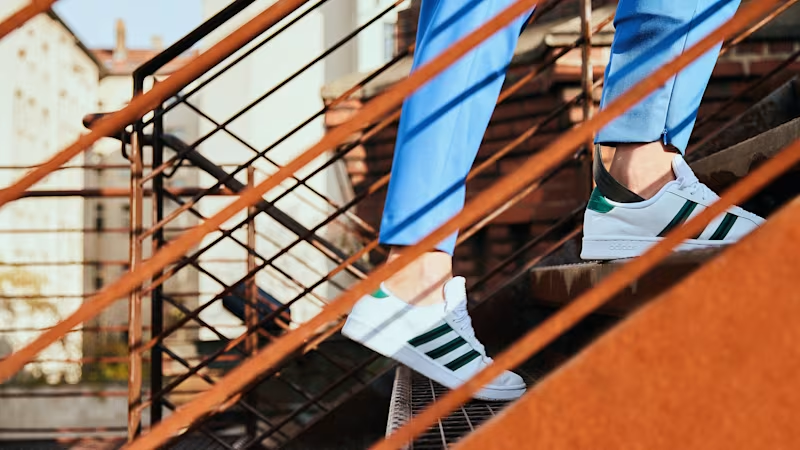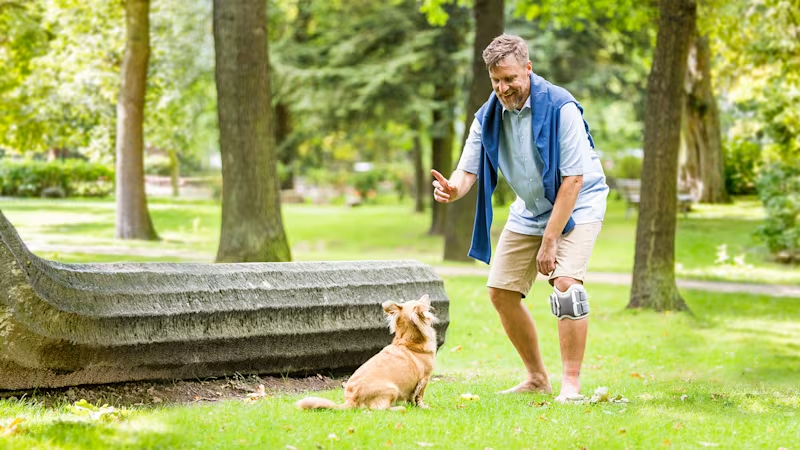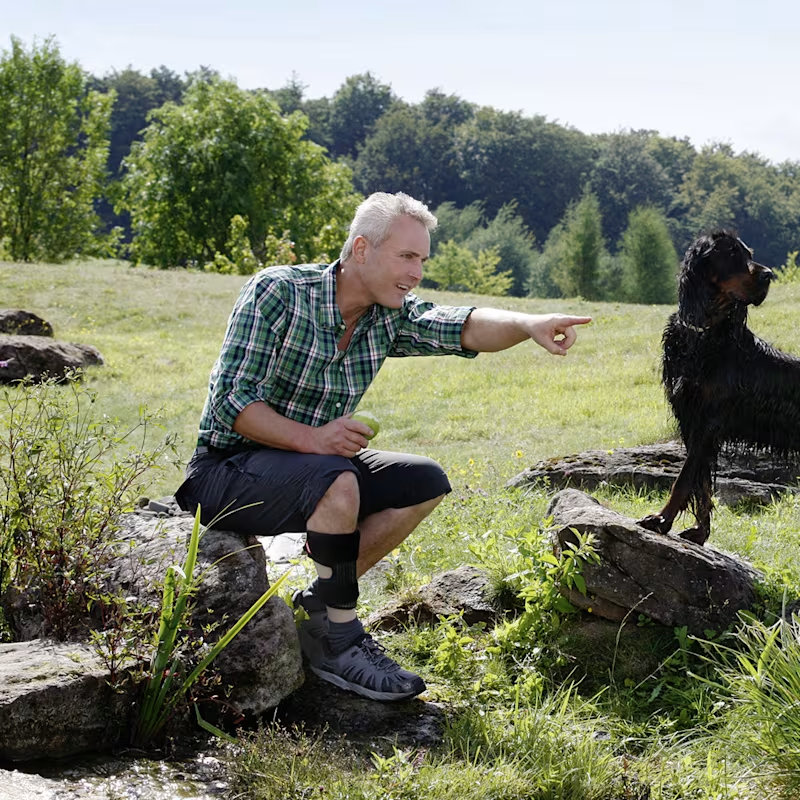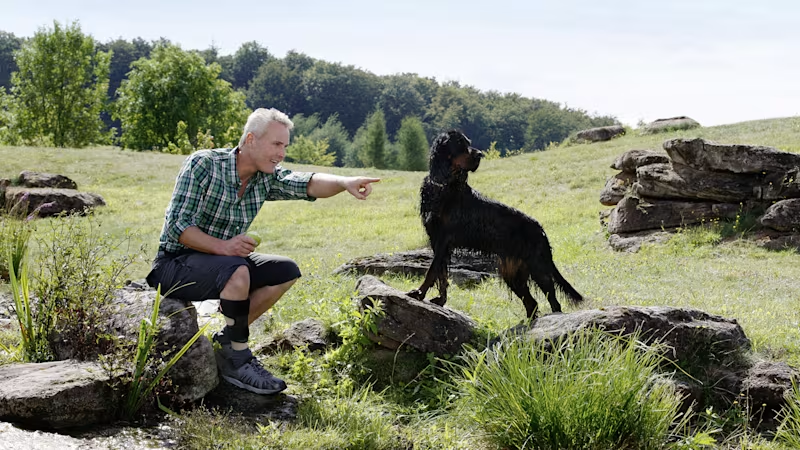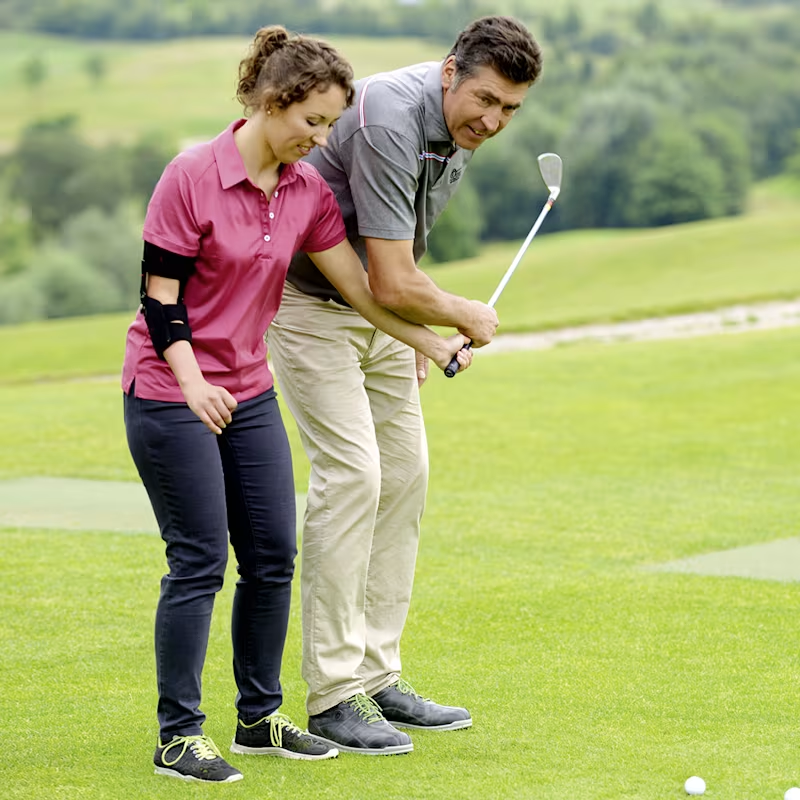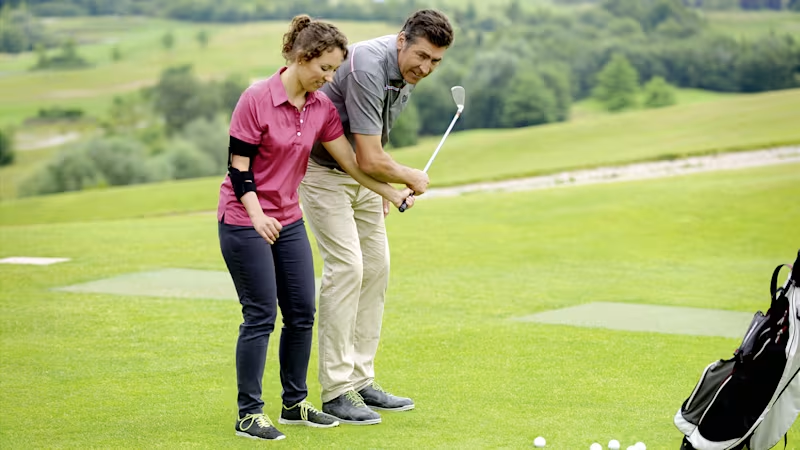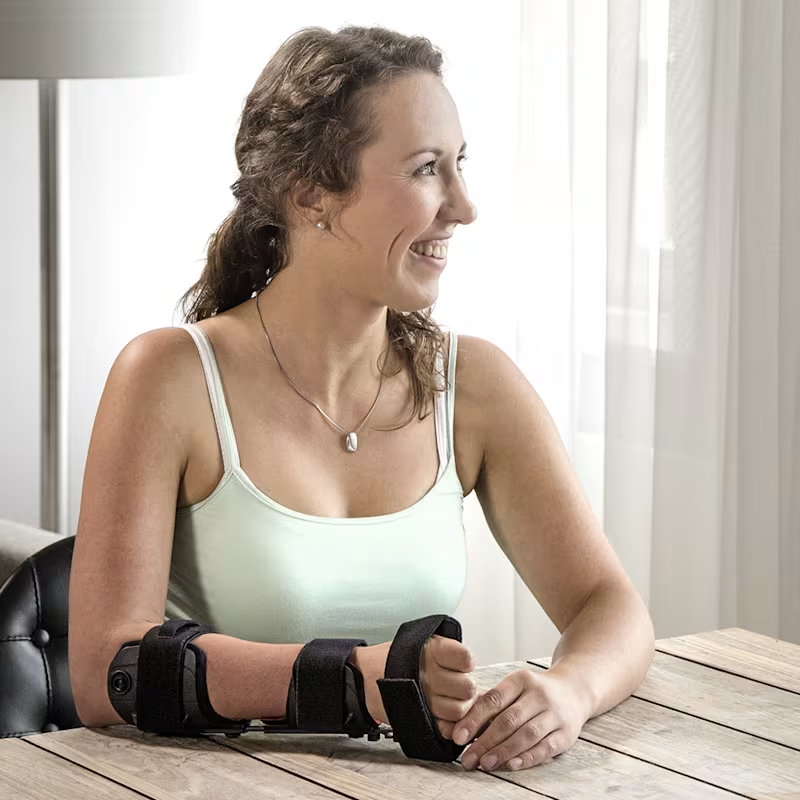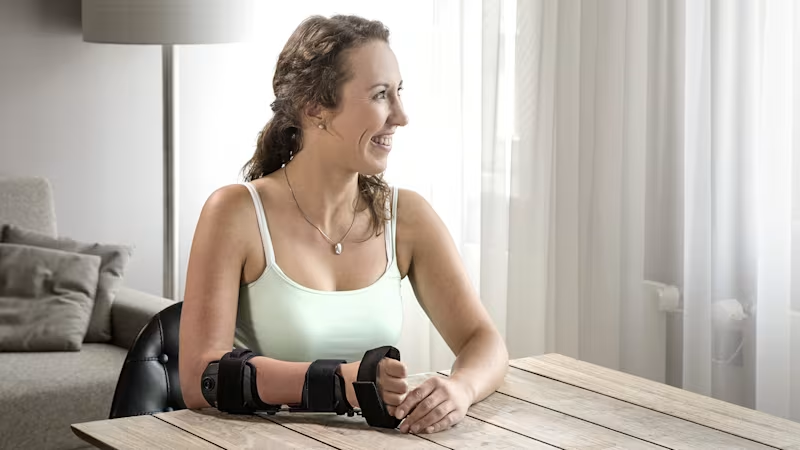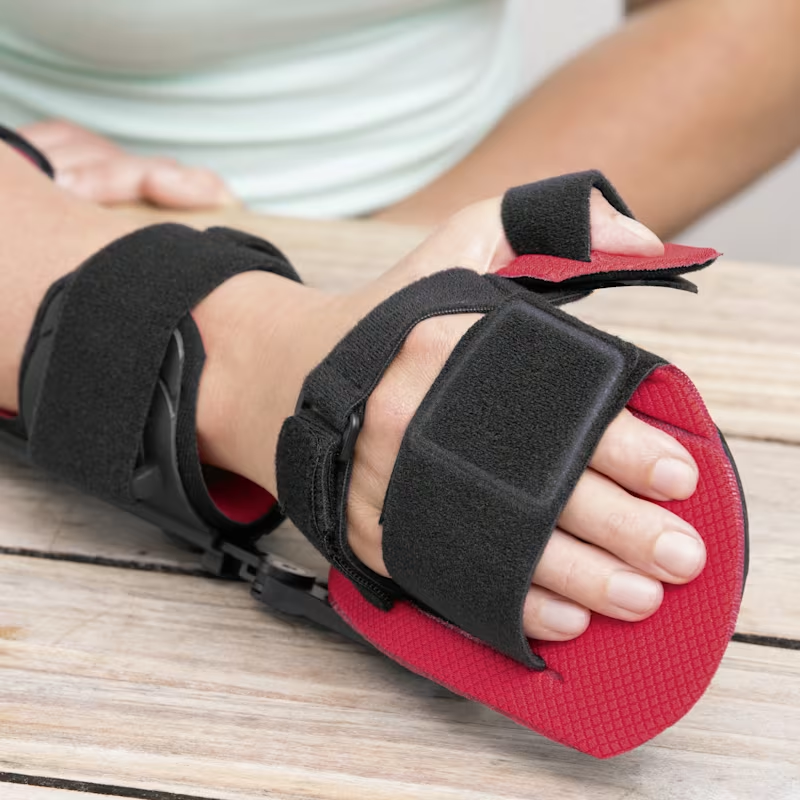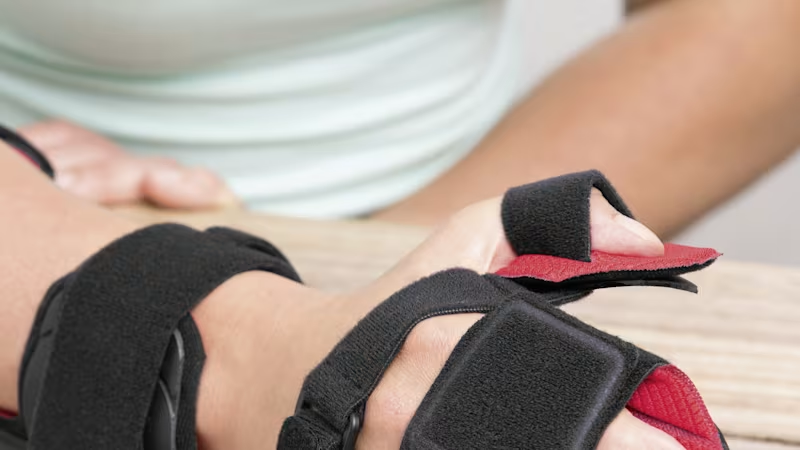Redefining the path to rehabilitation
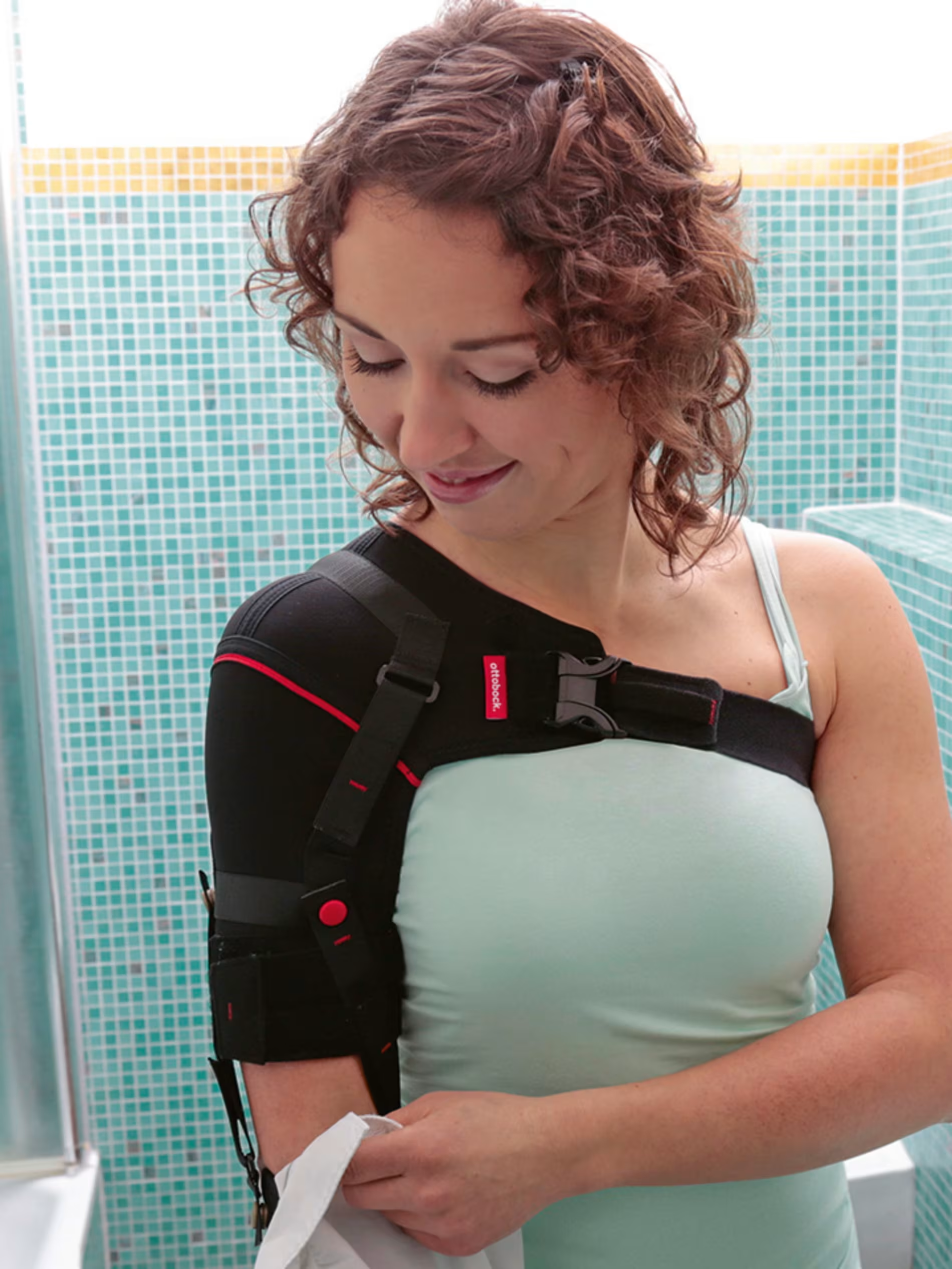
Getting your life back after stroke
Every five minutes, someone in the UK has a stroke. While most people affected are over 65 anyone can have a stroke – at any age. After a stroke, survivors can be left with long-term problems that can affect all aspects of their life. Treatment depends on the type of stroke you have, including which part of the brain was affected and what caused it.
The process of rehabilitation will be specific to you, and will depend on your symptoms and how severe they are. A team of specialists are available to help, including physiotherapists, psychologists, occupational therapists, speech therapists and specialist nurses and doctors.
Help and support is also available from the charities such as The Stroke Association, where you can download this factsheet on the physical effects of stroke and as well as accessing a wealth of other information. Different Strokes is a charity that specialises in supporting younger stroke survivors.
Complete suite of stroke solutions
Designed to work together.
Ottobock’s full upper extremities solutions provide support for the shoulder, elbow, wrist, hand, and fingers to promote rehabilitation post-stroke. Wearing the Omo Neurexa Plus and the Manu Neurexa Plus together better repositions the shoulder to work against spasticity, and adding the Palmar Splint provides additional support for the hand and fingers. The WalkOn AFOs improve stability, allowing a more symmetrical gait and the L300 Go FES (Functional Electrical Stimulation) system lifts the foot when patients experience drop foot. Together, Ottobock’s combined solutions increase functionality for patients, resulting in better care and improved patient outcomes.
